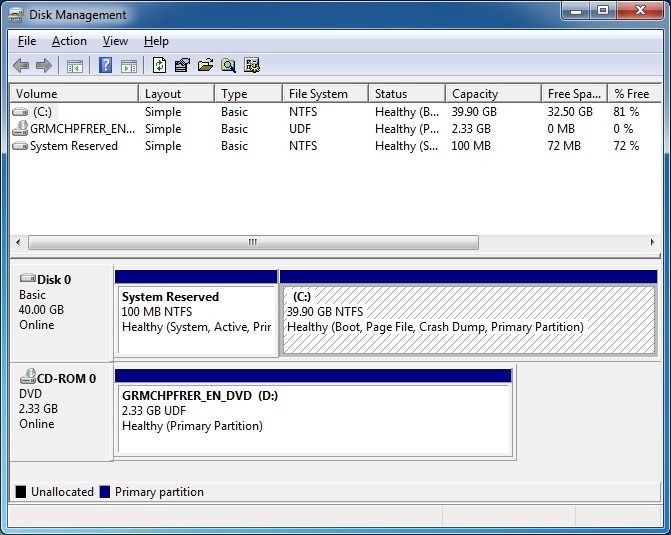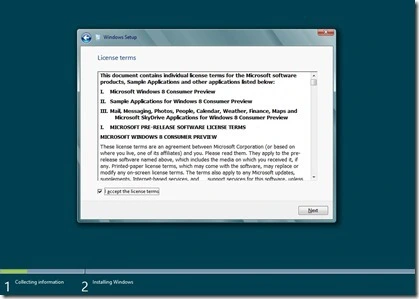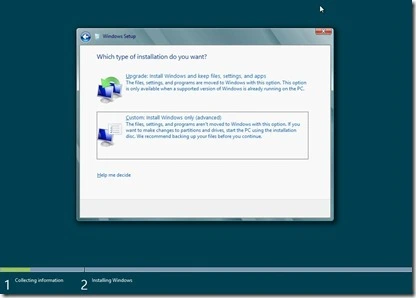Mezzanine Debt--Another Level To Consider
Mezzanine debt is used by companies that are ca
sh flow positive to fund: further growth through
expansion projects; acquisitions; r
ecapitalizations; and, management a
nd leveraged buyouts. When
mezzanine debt is used in conjunction with senior de
bt it reduces the amount of equity required in the
business. As equity is the most expensive form of
capital, it is most cost effective to create a capital
structure that secures the most funding, offers the
lowest cost of capital, and maximizes return on
equity.
Mezzanine debt has been around for over 30 years, how
ever its use in Western Canada and the Pacific
Northwest is relatively new and growing. Leadi
ng companies in this region are starting to use
mezzanine debt to fund the growth today that
the chartered banks will not fund until tomorrow.
1 What Is Mezzanine Debt?
Mezzanine debt capital generally refers to that laye
r of financing between a company's senior debt and
equity, filling the gap between the two. Structurally,
it is subordinate in priority of payment to senior
debt, but senior in rank to common stock or equity (Exhibit #1). In a broader sense, mezzanine debt
may take the form of convertible
debt, senior subordinate
d debt or private "mezzanine" securities (debt
with warrants or preferred equityDEFINITION of 'Mezzanine Financing'
A hybrid of debt and equity financing that is typically used to finance the expansion of existing companies. Mezzanine financing is basically debt capital that gives the lender the rights to convert to an ownership or equity interest in the company if the loan is not paid back in time and in full. It is generally subordinated to debt provided by senior lenders such as banks and venture capital companies.Since mezzanine financing is usually provided to the borrower very quickly with little due diligence on the part of the lender and little or no collateral on the part of the borrower, this type of financing is aggressively priced with the lender seeking a return in the 20-30% range.
INVESTOPEDIA EXPLAINS 'Mezzanine Financing'
Mezzanine financing is advantageous because it is treated like equity on a company's balance sheet and may make it easier to obtain standard bank financing. To attract mezzanine financing, a company usually must demonstrate a track record in the industry with an established reputation and product, a history of profitability and a viable expansion plan for the business (e.g. expansions, acquisitions.
Mezzanine Finance
6
Mezzanine History
Mezzanine lending has been around for more than
two decades. In the 1980's, the business was
dominated by insurance companies and savings a
nd loan associations. By the 1990's, limited
partnerships (LPs) had entered the arena. Toda
y, investors include pension funds, hedge funds,
leveraged public funds, LPs and insurance compani
es, as well as banks that have established stand-
alone mezzanine efforts.
Traditional mezzanine lenders are book-and-hold i
nvestors, generally focused on cash-flow lending,
looking for a minimum term (call protection) and equity
participation to generate
longer term results.
Unlike traded equity, high-yield debt, and inter
est rates which fluctuate with economic conditions,




























![Windows-XP-Professional-2012-03-04-1[29] Windows-XP-Professional-2012-03-04-1[29]](http://techingiteasy.files.wordpress.com/2012/03/windows-xp-professional-2012-03-04-129_thumb.jpg?w=426&h=320)
![Windows-XP-Professional-2012-03-04-1[9] Windows-XP-Professional-2012-03-04-1[9]](http://techingiteasy.files.wordpress.com/2012/03/windows-xp-professional-2012-03-04-19_thumb.jpg?w=406&h=306)
![Windows-XP-Professional-2012-03-04-1[37] Windows-XP-Professional-2012-03-04-1[37]](http://techingiteasy.files.wordpress.com/2012/03/windows-xp-professional-2012-03-04-137_thumb.jpg?w=408&h=307)

![Windows-XP-Professional-2012-03-04-1[26] Windows-XP-Professional-2012-03-04-1[26]](http://techingiteasy.files.wordpress.com/2012/03/windows-xp-professional-2012-03-04-126_thumb.jpg?w=411&h=309)

![Windows-XP-Professional-2012-03-04-1[13] Windows-XP-Professional-2012-03-04-1[13]](http://techingiteasy.files.wordpress.com/2012/03/windows-xp-professional-2012-03-04-113_thumb.jpg?w=418&h=314)
![Windows-XP-Professional-2012-03-04-1[20] Windows-XP-Professional-2012-03-04-1[20]](http://techingiteasy.files.wordpress.com/2012/03/windows-xp-professional-2012-03-04-120_thumb.jpg?w=416&h=313)
![Windows-XP-Professional-2012-03-04-1[12] Windows-XP-Professional-2012-03-04-1[12]](http://techingiteasy.files.wordpress.com/2012/03/windows-xp-professional-2012-03-04-112_thumb.jpg?w=414&h=312)
![Windows-XP-Professional-2012-03-04-1[27] Windows-XP-Professional-2012-03-04-1[27]](http://techingiteasy.files.wordpress.com/2012/03/windows-xp-professional-2012-03-04-127_thumb.jpg?w=417&h=314)
![Windows-XP-Professional-2012-03-04-1[4] Windows-XP-Professional-2012-03-04-1[4]](http://techingiteasy.files.wordpress.com/2012/03/windows-xp-professional-2012-03-04-14_thumb.jpg?w=418&h=314)
![Windows-XP-Professional-2012-03-04-1[36] Windows-XP-Professional-2012-03-04-1[36]](http://techingiteasy.files.wordpress.com/2012/03/windows-xp-professional-2012-03-04-136_thumb.jpg?w=422&h=318)